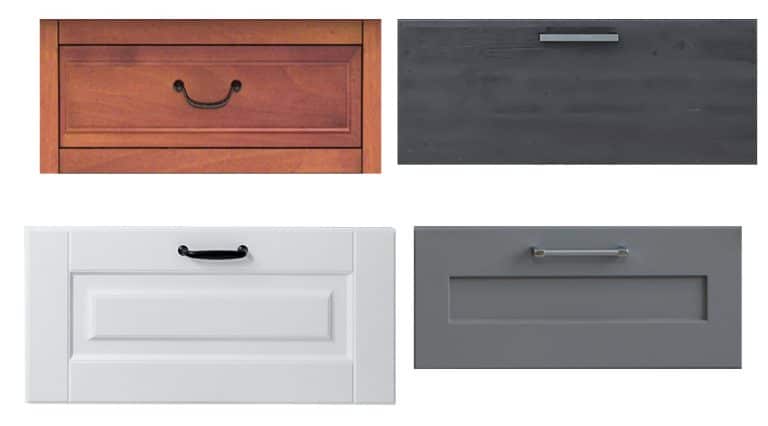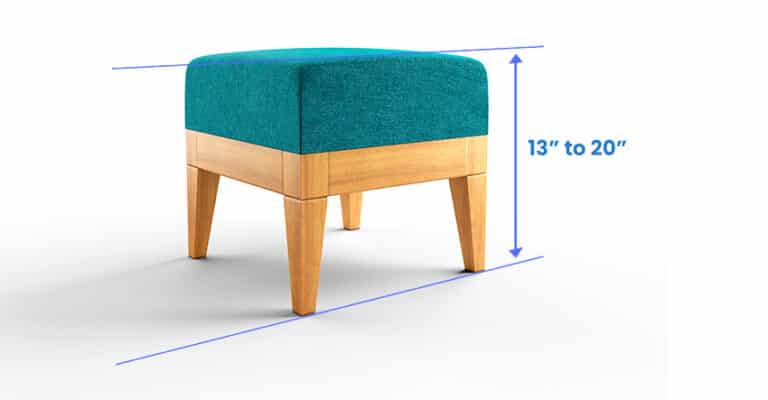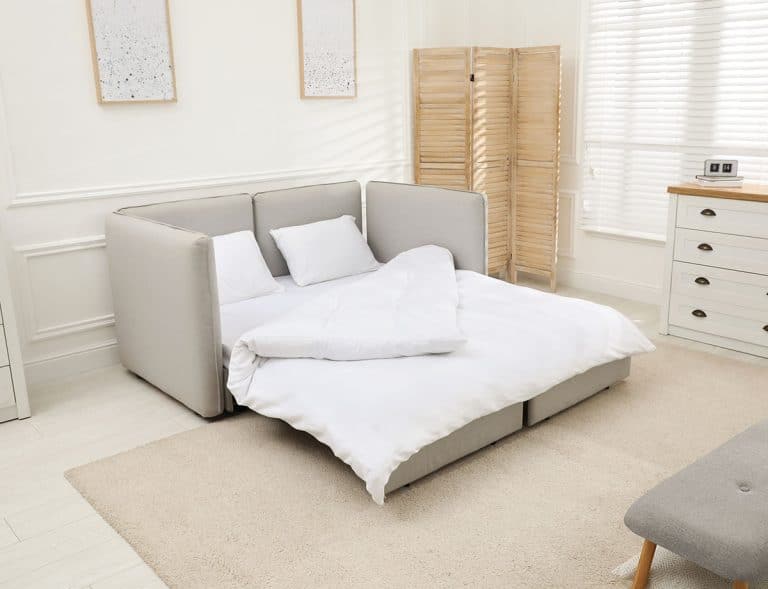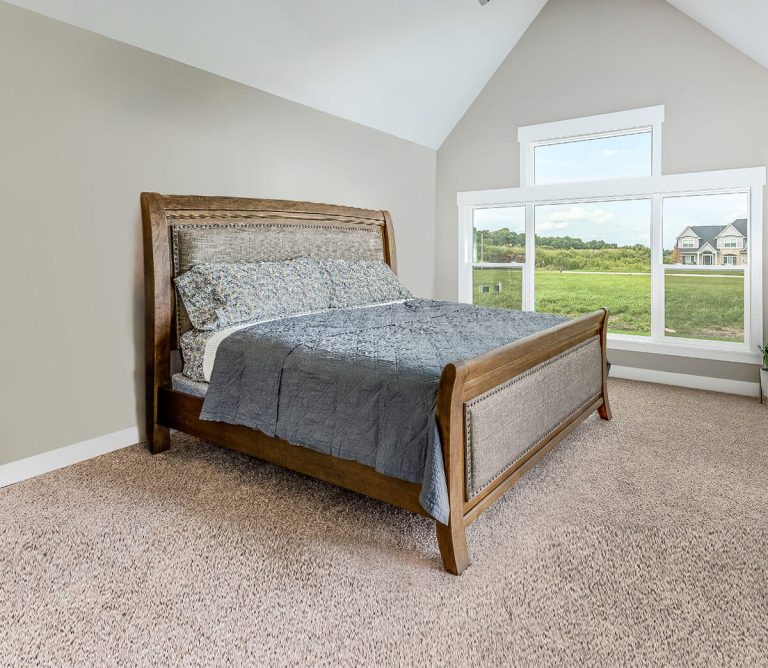MDF Furniture (Pros and Cons)
Here we share our MDF furniture guide including what it is, how it is used, pros and cons, durability, how to protect & paint and how MDF compares to wood.
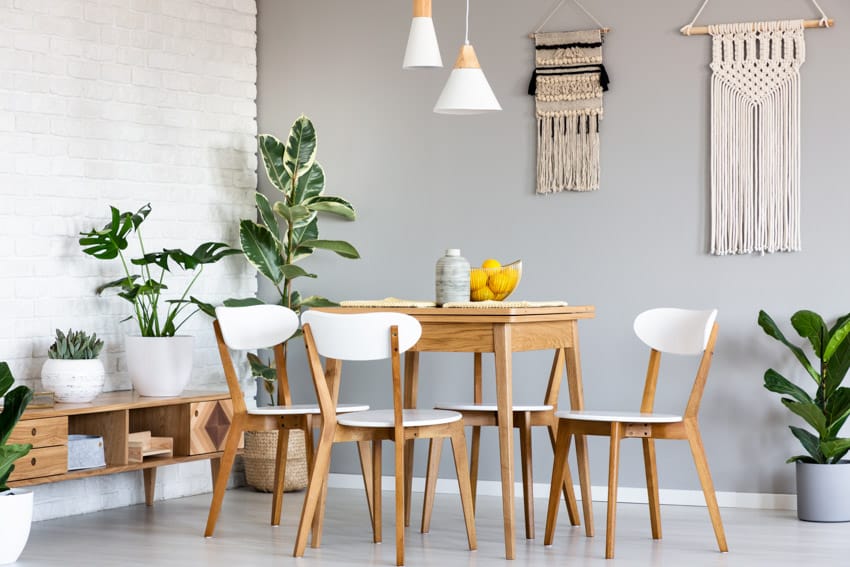
Given its benefits and drawbacks, is MDF a wise choice for home furniture? Below is everything you need to know about its strength, drawback, and other qualities.
What Is MDF Furniture?
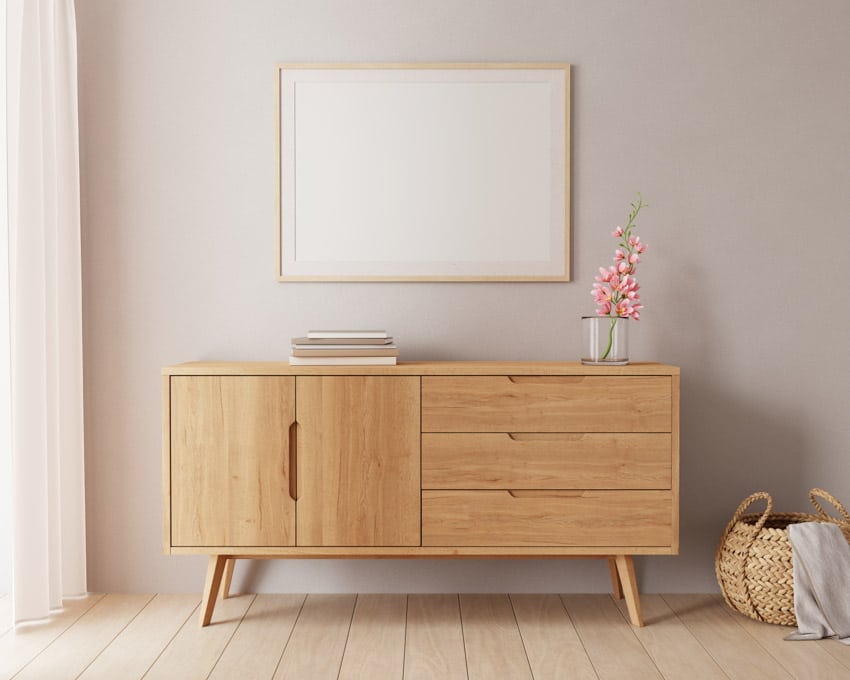
Large steel plates compress MDF tightly during manufacturing, creating a flat and smooth overall sheet. These boards make furniture that replaces the plywood and solid wood because they replicate the appearance of wood.
MDF is typically a lesser-quality alternative to solid wood. However, MDF furniture has sharply recovered in recent years because the materials are easy to source, affordable, and simple to store.
What Is MDF Material In Furniture

Shelving: MDF can produce excellent floating shelves. MDF is a cheap, smooth material frequently used for shelves in cupboards and closets.
However, it is less rigid than plywood and will sag over time. Therefore, any MDF types of shelves must have a solid wood underframe to keep them from drooping in the center.
Cabinetry: For kitchen cabinets or other storage areas around the house, MDF is an excellent material to use. The structural integrity of several boards can be increased by securely joining them together.
However, we would not advise using them for benches or other heavy storage items because they are more likely to shatter. See pictures of MDF kitchen cabinets on this page.
Crafts: MDF is a popular material for producing items for the house. Crafts made of MDF can easily adhere to acrylic paint and other materials.
Its smooth surface makes creating unique crafts easy. MDF is also ideal for skirting, architrave, and other home decor items. Once painted, they have a great appearance and a smooth, even, consistent surface.
Pros And Cons Of MDF Furniture

Pros of MDF Furniture
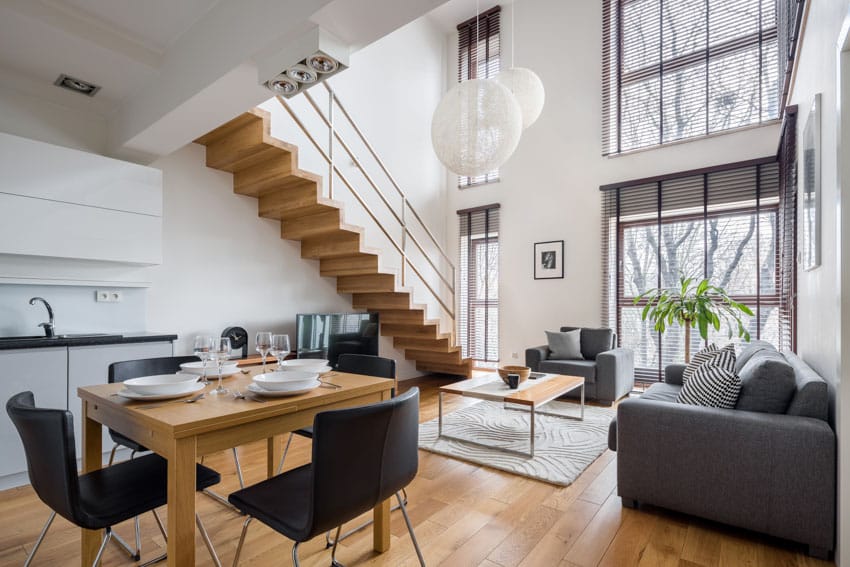
It is great for making unique shapes and decorative designs because it is a straightforward material. When trimmed to size, the edges stay smooth, unlike solid wood or plywood, where the natural knots and grain in the wood might cause the edges to splinter or create voids.
Simple to install: MDF furniture is typically put together on-site and is available in ready-to-install condition. Its main feature guarantees a tidy, hassle-free, and dust-free installation process. MDF is a great material to cut because it doesn’t shatter or have a directional grain as solid wood does.
Affordable furniture: Sawdust and small chippings of other timbers are the main components of MDF. These are all gathered scraps from the machining operation, which lowers the material cost significantly compared to plywood and solid wood.
MDF furniture is more cost-effective and environmentally friendly. Popular uses for its boards include the construction of certain types of tables, portable beds, clothing racks, bookcases, etc.
Wide range of sizes: MDF sheets have a thickness that ranges from 1 mm to 65 mm, with over 100 different thicknesses readily available off the shelf. It is relatively simple to obtain the desired thickness for the given application due to the variety of sizes available.
Fewer warping problems: MDF, unlike natural wood, will hold up well in environments with a lot of moisture and humidity because MDF can constantly contract and expand without the various grains interfering with one another.
Cons of MDF Furniture

To strengthen the furniture’s resistance to moisture, one can use sealants and varnishes of high quality. However, it is not ideal to use this furniture in damp spaces like bathrooms and kitchens or for outdoor seating.
Lack of strength and durability: MDF types of furniture styles are not as robust and durable as solid wood or plywood but are termite-resistant. It is challenging to restore if it is damaged. MDF furniture’s drawers also cannot support excessive weight.
Even screws can become looser with use, and tightening them risks splitting the furniture’s edges. Even if many shelving and cabinets are from recycled MDF, they still need a sturdy wood frame to hold them in a way that prevents sagging over time.
Includes VOCs: The fact that formaldehyde is used as a resin to connect tiny pieces of wood is one of the main drawbacks of MDF furniture.
The boards consequently produce hazardous VOCs (volatile organic compounds) into the air. Therefore, it is best to exercise extreme caution when cutting and sanding MDF boards to prevent breathing in small wood particles and VOCs.
Splits and cracks: When screwing into MDF, you must use extreme caution since it could shatter or split along its fibers. Before screwing, pilot holes are essential to create space for the screw and lower the likelihood of the material splitting. However, it is crucial to note that MDF can still break even if you use a regular screw.
Weak fixings: When screwing into MDF, obtaining a solid fastening can be challenging because of the incredibly tiny fibers. As the tiny fibers around the screw fasteners get looser with time, screws may wobble.
MDF Furniture Durability
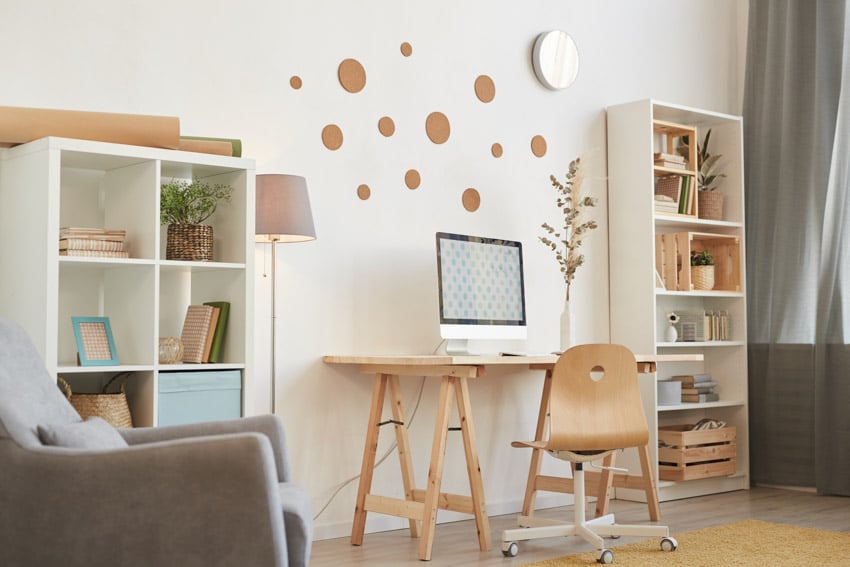
The quality of the product determines how long MDF will last. A low-quality MDF board might barely last a year before degrading. On the other hand, premium MDF might last for many years.
Even if you cannot compare MDF furniture’s durability to that of solid wood, this engineered wood nevertheless has more to offer. Hardboard, the most popular form of MDF, is available in softwood and hardwood densities.
Although often more expensive than softwood, hardboard has a longer lifespan. You can keep MDF in good condition for up to ten years.
How Do You Protect MDF Furniture?
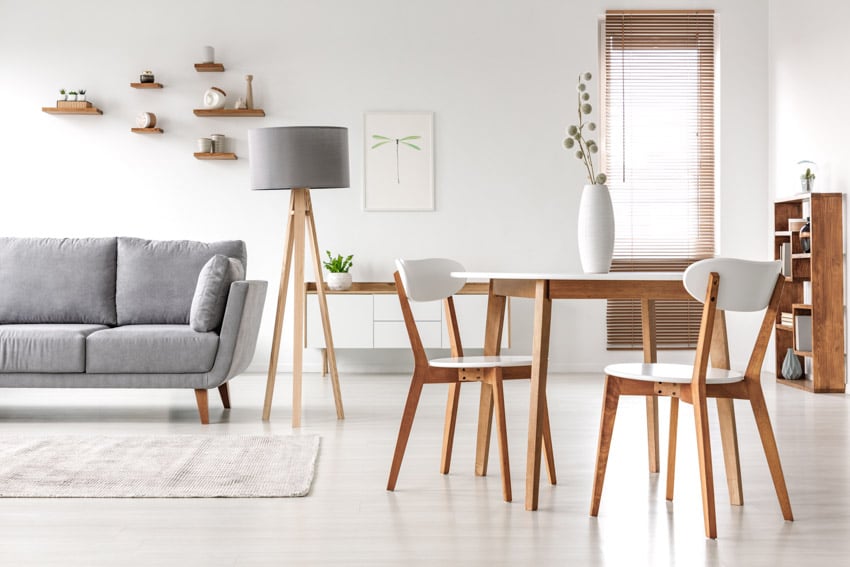
In that case, you will need to purchase or make water-resistant MDF because regular exposure to moisture will cause the material to deteriorate. There are two ways to protect or “waterproof” MDF to tolerate moisture in high-humidity environments.
1. Make it water-resistant yourself: To make MDF waterproof and make your product resistant to moisture and humidity, add a premium wood sealer, varnish, stain, or moisture-resistant paint. Avoid waterborne polyurethane since it cannot adhere to the MDF surface well.
2. Purchase moisture-resistant (MR) MDF: Purchasing MR MDF is the first and most straightforward option. It intends to perform well in interior settings where moisture is a concern.
Moisture-resistant MDF is from a moisture-repellent resin yet is still easy to sand and mill and takes well to most adhesives, veneers, and paints.
Although more expensive than conventional MDF, the moisture-resistant characteristic makes it worth the price. It is perfect for kitchens, baths, boiler rooms, and laundry rooms.
Regardless of the technique, note that MDF alone is still susceptible to swelling and warping if exposed to the water directly.
How To Refinish MDF Furniture

How To Paint MDF Furniture
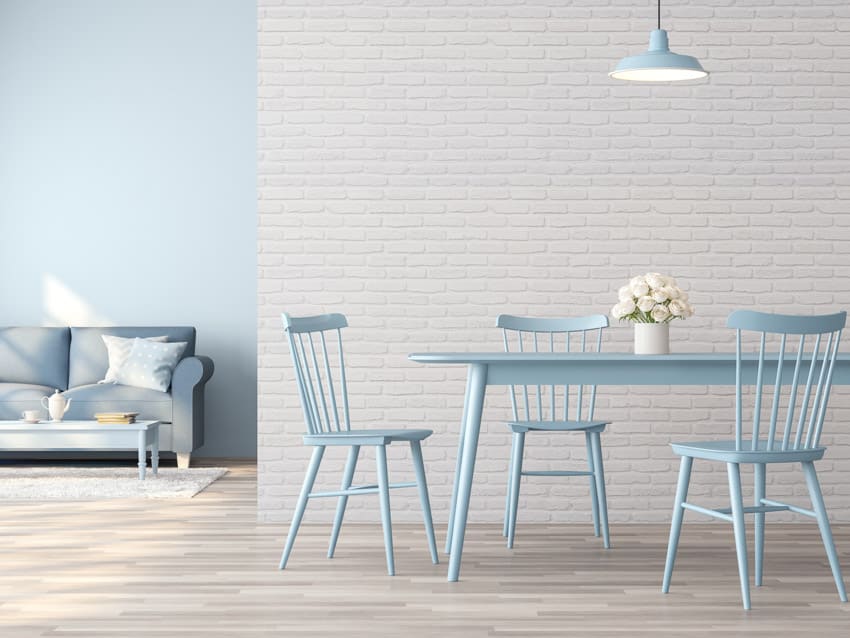
Step 1: Use a degreasing cleanser to remove all dirt and debris from the furniture’s surface. Any door or drawer pulls on the furniture should be removed and stored.
Step 2: Sand the furniture to provide texture. The primer will be able to sink into the surface and cling to the MDF by creating grooves on the furniture’s surface by roughening it up.
Make sure to keep the top layer. The MDF will start to fall apart as you get to the particle board. Use a moist towel to remove the sanding dust.
Step 3: Apply a bonding primer to the furniture’s surface. Apply primer to all nooks and crannies with a paintbrush. Paint the larger areas next using a smooth foam roller and let it dry.
Step 4: Use interior latex or acrylic paint to paint the furniture. For all surfaces that a roller cannot reach, use a paintbrush.
Use a smooth foam roller afterward to remove brush strokes and smooth out apparent seams. When painting large surfaces, use a roller. Paint should be applied in two to three coats, letting each dry in between.
Step 5: Using a high-quality, thoroughly clean paintbrush, cover the furniture with polyurethane. While applying the topcoat, tiny bubbles may develop on its surface; nevertheless, they will dissolve shortly. Put one to two coats of polyurethane on the surface to finish.
Furniture Board Vs MDF

MDF is also from waste wood, but instead of sawdust, it is from wood fibers. Your project will determine whether or not you require the MDF quality, despite it being more beautiful and heavier.
MDF is also simpler to paint and produces finer results, but it is more likely to degrade if exposed to moisture and wet circumstances.
The distinction:
MDF
• Appearance: MDF has a smooth finish because the wood grains are uniform in size.
• Density: MDF has higher densities than furniture boards.
• Strength: MDF is sturdier than furniture boards.
• Durability: Compared to furniture boards, MDF is much more durable.
• Weight: MDF has greater weight than furniture boards.
• Moisture: MDF is more moisture resistant.
• Lifespan: MDF can last up to 10 years in good condition.
• Cost: MDF is more expensive than furniture boards.
Furniture Board
• Appearance: Furniture boards do not have a smooth surface.
• Density: Furniture boards have a lower density than solid wood and MDF.
• Strength: Furniture boards are less sturdy than MDF.
• Durability: MDF is more durable than furniture boards.
• Weight: Very light in weight.
• Moisture: Less water-resistant.
• Lifespan: Furniture boards have a 25-year life expectancy.
• Cost: More affordable than MDF.
MDF Vs Solid Wood Furniture
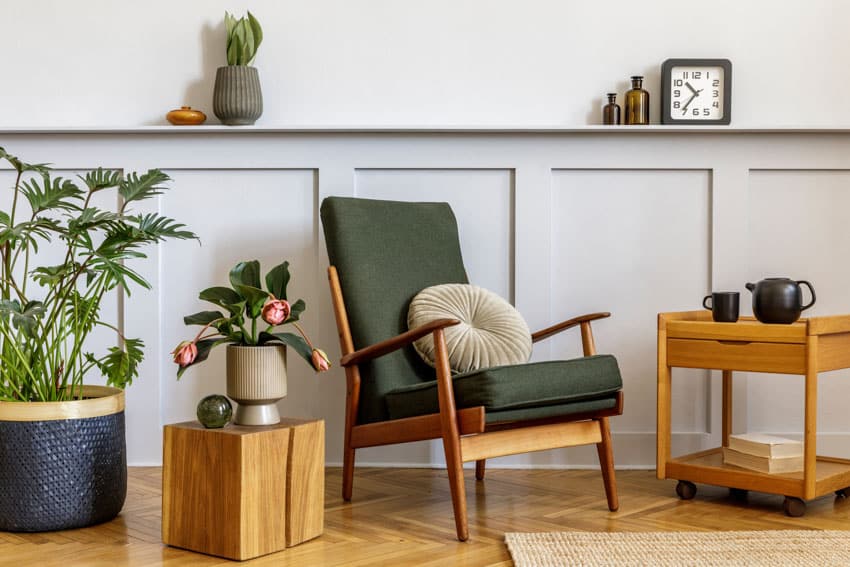
Solid wood and MDF differ primarily because solid wood is a natural product, while MDF is an artificial product. Solid wood furniture provides several advantages.
It is classic, appealing, and reasonably durable. It offers many generations of arduous use due to its exceptional quality. But solid wood tends to shrink when subjected to temperature and humidity variations.
In some instances, MDF furniture outperforms solid wood significantly. With its high-quality composite material and resin compressed to create thick sheets that hold their shape in any weather, MDF is more resistant to temperature and humidity changes than solid wood.
When temperatures and humidity change, solid wood tends to expand and compress. Therefore, solid wood cabinets, doors, and panels need more upkeep and attention.
Additionally, MDF frequently performs better than solid wood when constructing painted cabinet doors. Unlike solid wood, it comes in more extensive 5-by-12-foot panels. There are no discernible grains on the surface of an MDF panel. Therefore, the issue of wood grain showing through paint does not exist when using MDF.
Lastly, the cost is another factor. Solid wood is substantially more expensive than MDF. Also, it is easily accessible. You will need to buy extra solid wood because you will need to discard portions with cracks and knots while using it for your projects. When you utilize MDF, this issue does not exist.
See more related content in our article about what is mindi wood on this page.

